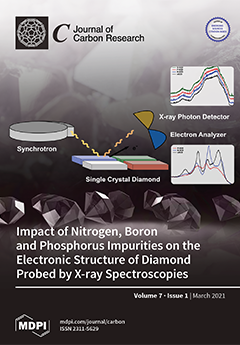In order to select the best mixed amines in the CO
2 capture process, the absorption of CO
2 in mixed amines was explored at the required concentrations by using monoethanolamine (
MEA) as a basic solvent, mixed with diisopropanolamine (DIPA), triethanolamine
[...] Read more.
In order to select the best mixed amines in the CO
2 capture process, the absorption of CO
2 in mixed amines was explored at the required concentrations by using monoethanolamine (
MEA) as a basic solvent, mixed with diisopropanolamine (DIPA), triethanolamine (TEA), 2-amino-2-methyl-1-propanol (
AMP), and piperazine (
PZ). Here, a bubble column was used as the scrubber, and a continuous operation was adopted. The Taguchi method was used for the experimental design. The conditional factors included the type of mixed amine (A), the ratio of the mixed amines (B), the liquid feed flow (C), the gas-flow rate (D), and the concentration of mixed amines (E). There were four levels, respectively, and a total of 16 experiments. The absorption efficiency (
EF), absorption rate (
RA), overall mass transfer coefficient (
KGa), and scrubbing factor (
) were used as indicators and were determined in a steady-state by the mass balance and two-film models. According to the Taguchi analysis, the importance of the parameters and the optimum conditions were obtained. In terms of the absorption efficiency (
EF), the absorption rate (absorption factor) (
RA/
), and the overall mass transfer coefficient (
KGa), the order of importance is D > E > A > B > C, D > E > C > B > A, and D > E > C > A > B, respectively, and the optimum conditions are A1B4C4D3E3, A1B3C4D4E2, A4B2C3D4E4, and A1B1C1D4E1. The optimum condition validation results showed that the optimal values of
EF,
RA, and
KGa are 100%, 30.69 × 10
−4 mol/s·L, 1.540 l/s, and 0.269, respectively. With regard to the selection of mixed amine, it was found that the mixed amine (
MEA +
AMP) performed the best in the CO
2 capture process.
Full article





